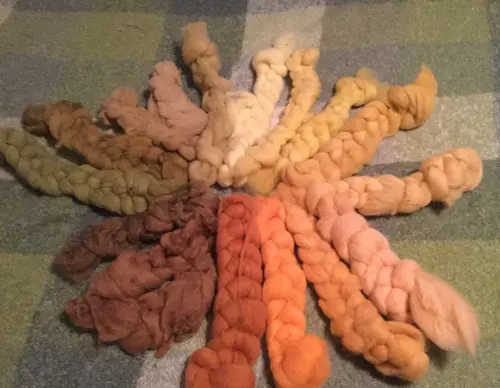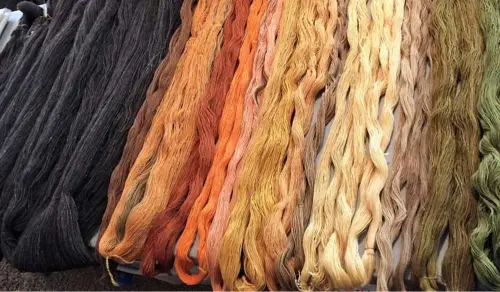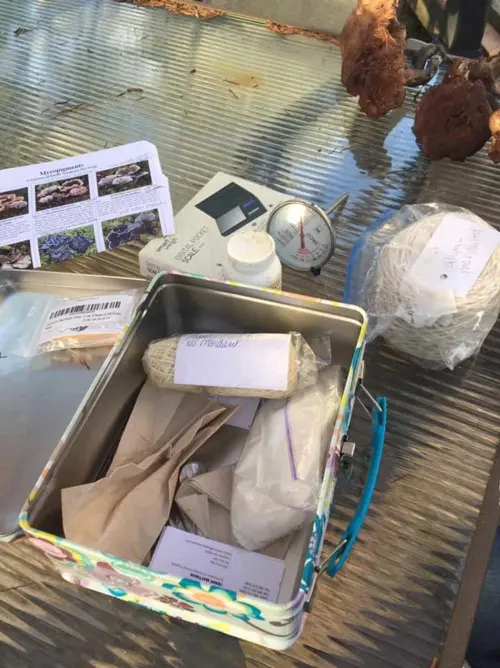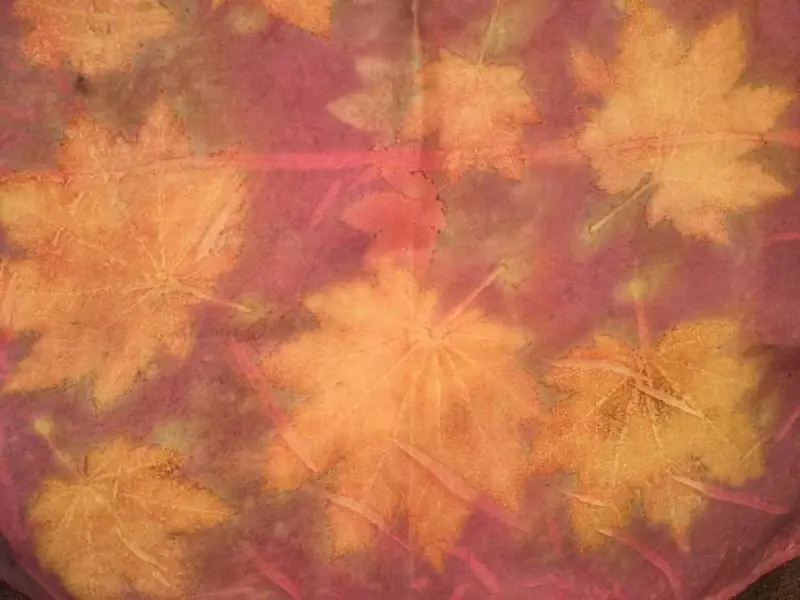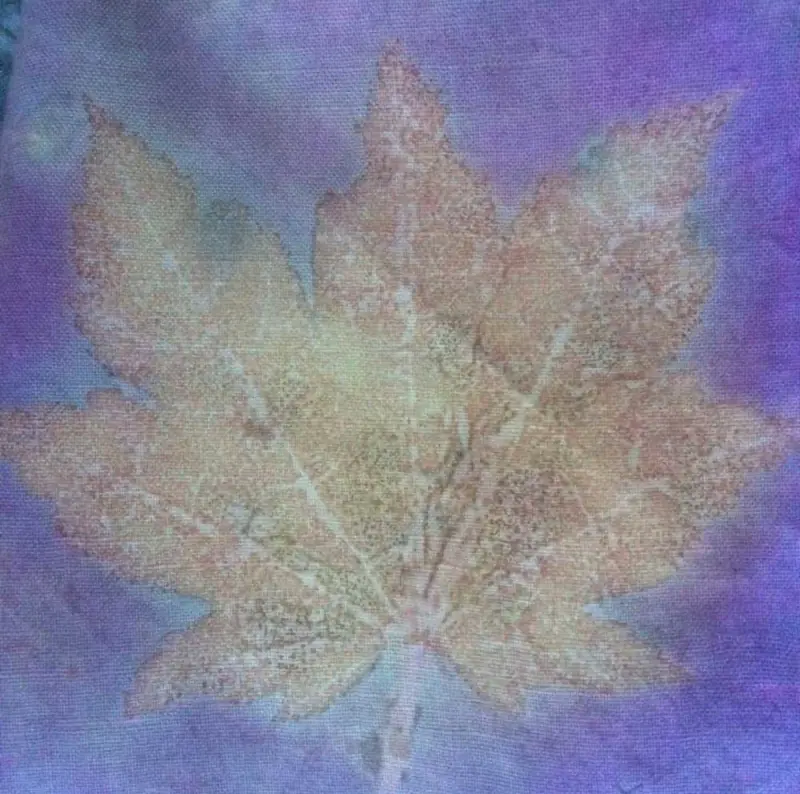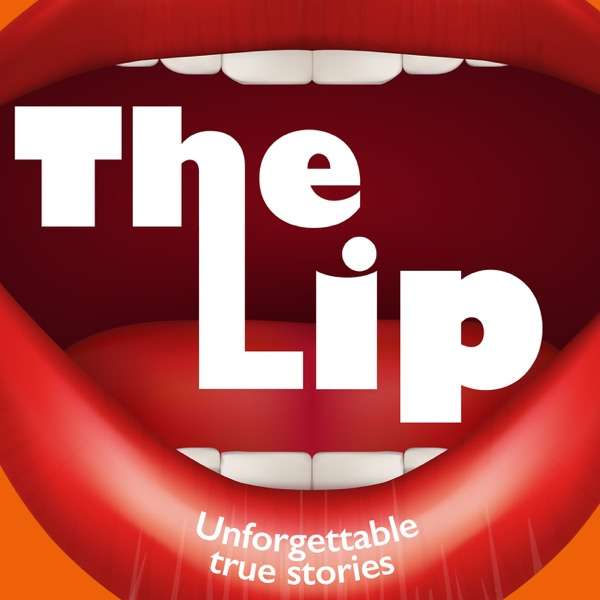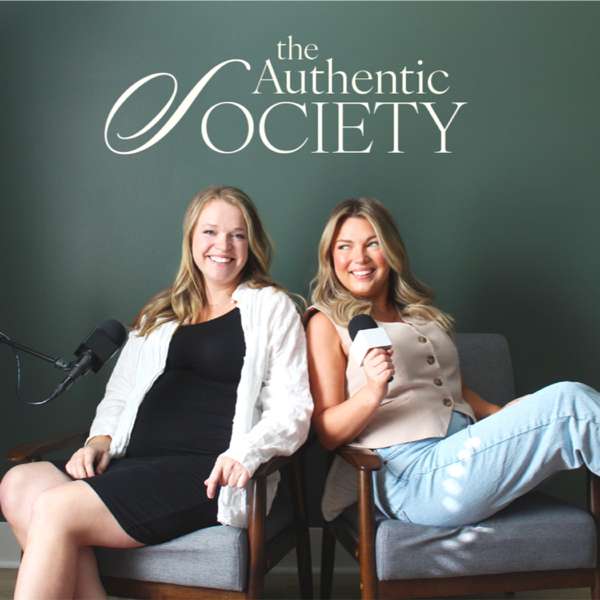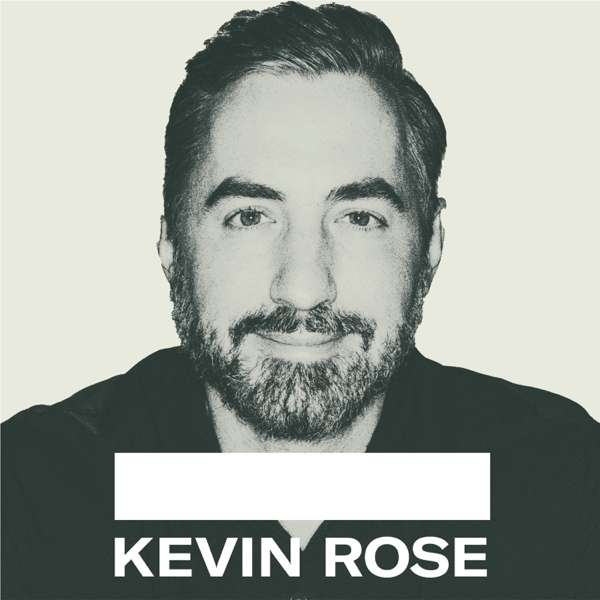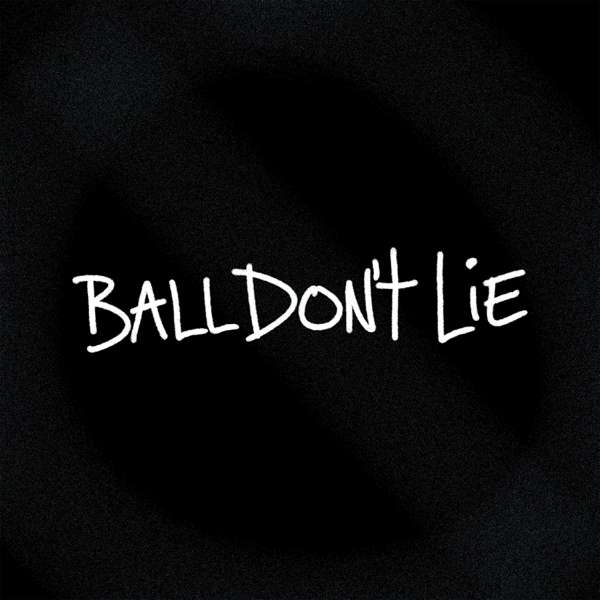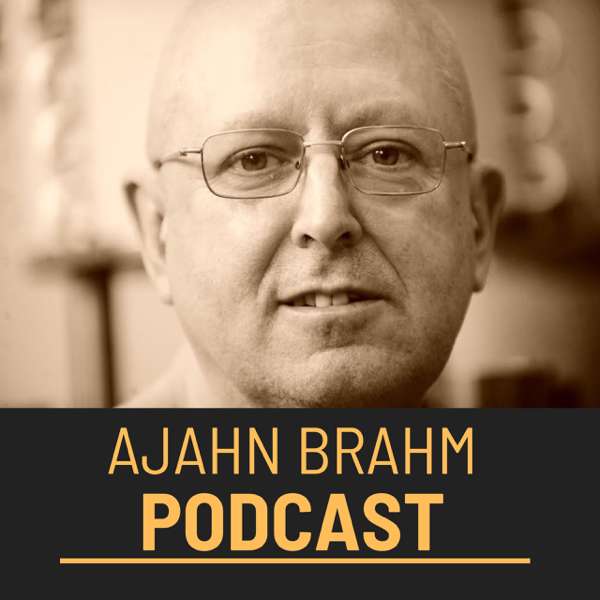This is Anne’s Book Club, a spotlight episode of the Long Thread Podcast where we share conversations about exciting new craft titles. This episode features three new books from Storey Publishing: The Stitched Landscape by Anna Hultin, The Handsewn Wardrobe by Louisa Owen Sonstroem, and Knitting Cowlettes by Safiyyah Talley. You’ll hear a conversation with each of the authors, followed by an excerpt of some of my favorite passages. I was excited to choose each of the titles to feature, and I hope you enjoy the conversations and the books as much as I have!
The Stitched Landscape: An Embroidery Field Guide to the Textures, Colors, and Lines of the Natural World
Anna Hultin has so much to teach you—to stitch, of course, but mostly to see. With a background in art education and a habit of looking closely at the land around her, Anna offers concrete skills as well as encouraging prompts to develop your own relationship with where you are.
Her book includes step-by-step projects, detailed instructions for common plants, and techniques for sketching, stitching, and painting your own personal landscape. Her book gently pushes embroiderers who might be reluctant to consider their work as art toward creativity, exploration, adaptation, and staking their own ground, all within the frame of an embroidery hoop.
From Anna’s introduction to The Stitched Landscape:
This isn’t your typical embroidery book. Although it has plenty of embroidery patterns
for you to follow, more than anything this book offers in-depth practice of the artistic process—from the spark of inspiration to a final piece and everything in between. I hope you will learn as much about observing the land as you do about embroidery.
Whether you are picking up a needle and thread for the first time or have experience as a
fiber artist, and wherever you are in the seasons of your life, my aim is to inspire you to grow in your creative practice. The projects are meant to build your skills and offer opportunities for discovery as you develop your own style and point of view. I’m excited to see how you’ll take what you learn in these pages and apply it to your own observations of the world around you.
**Anna Hultin* is the artist and educator behind Olander CO Embroidery. She uses needle and thread to create contemporary embroideries that explore the often overlooked beauty of the subtle textures and colors of the Colorado landscape. Anna lives with her family in Loveland, Colorado.*
The Handsewn Wardrobe: A Complete Guide to Making Your Own Clothes from Patternmaking to the Finishing Stitches
To make clothes that you love, says Louisa Owen Sonstroem, pick up a pencil and paper, needle and thread, and get stitching. Trained in commercial patternmaking, she knows the strengths—and limitations—of off-the-rack clothing and pattern-envelope sewing. Her new book teaches sewists to handsew clothes that seem out of reach for today’s makers: hoodies, leggings, and even a denim jacket. If that sounds too time-consuming, skill-demanding, or slow, Louisa’s book will surprise you.
The book invites you to set aside clothing designed for someone else’s body and create garments that will fit you perfectly. She calls The Handsewn Wardrobe “two books in one”: a primer on patternmaking that frees you from generic commercial patterns and a sewing book that teaches techniques for stitching garments by hand. In over 300 pages of instruction, she takes you from making a pattern for a basic tee to drafting a custom pair of jeans.
For weavers and crafters with precious fabrics, handsewing lets you make the best use of precious fabric, not only by minimizing waste but also by creating garments you will wear proudly.
From The Handsewn Wardrobe:
Learning how to make patterns is one of the coolest, most transformative experiences. You can make anything! Patternmaking may have a bit of a reputation as an intimidating, difficult discipline, but it needn’t be that way. There are so many more possibilities than limitations in this craft. And, by the way, no one knows everything about patternmaking—no one!—so just relax and enjoy yourself. Make note of the principles shared in this book and elsewhere, but lean into the gray areas and creative opportunities, too. You’ll learn just as much by messing around with patterns as by following anyone’s instructions. The more you try, the more you’ll learn.
It’s a radical, simple act to make your own clothes by hand. The tools are few, and most are relatively inexpensive. The techniques needn’t be complicated, either—with a handful of good stitches at your command, you’ll be able to construct all manner of beautiful, sturdy
garments. And if you approach your projects with a willingness to experiment, you’ll never stop learning. Empowerment, accessibility, mental stimulation, endless opportunities for growth, and a set of amazing clothes—what’s not to love?
**Louisa Owen Sonstroem* studied design and patternmaking at Fashion Institute of Technology. She works in technical design and patternmaking and teaches hand sewing and patternmaking classes. She also started Patternmaking in Public Places (PIPP), an outreach project to democratize access to patternmaking skills. Louisa lives in Connecticut with her family, in a house filled with board books, dog beds, and lots of fabric.*
Knitting Cowlettes: Clever Techniques for Making Custom Mini-Cowls to Elevate Any Outfit
Innovative knitter Safiyyah Talley’s first book, Knit 2 Socks in 1, offered a clever new way of knitting socks. In her new book, she offers a fresh look at neckwear with a collection of cowlettes—wearable cowl/shawl hybrids. In addition to 23 patterns, the book includes methods for designing your own cowlette, finessing fit, and yarn selection.
Besides the range of lovely designs, the joy of this book is the expansive view of knitting, offering patterns for any skill level and personal style. Simple and versatile, Safiyyah’s cowlettes beckon you to cast on.
From Safiyyah’s introduction to Knitting Cowlettes:
I like to gift cowlettes because they are quick, gender neutral, size inclusive, and very useful. There are just so many scenarios that call for one that I even gift them to myself. Wake up to a chill in the air? Pop on a cowlette. Want to dress up an outfit? Pop on a
cowlette. Need to show off a knitted item at the knitting convention, and it’s a very hot and crowded July day? Say it with me now: “Pop on a cowlette!”
You might be wondering, “What exactly is a cowlette?” Cowlette is a term created by innovative knitwear designer Carina Spencer and it is the lovechild of a cowl—a circular scarf—and a shawlette, or a small shawl. Cowlettes have a similar construction to a shawl, but with the wearability of a cowl. Shawls tend to slip and slide when worn, unless secured in some way with a knot or a shawl pin. Cowlettes look like shawls, but they are knit in the round, so the wearer doesn’t have to worry about them falling off. Just like shawls, cowlettes are first worked flat from the top down. Stitches are added in the form of increases until the work is large enough to fit comfortably around the wearer’s neck. The cowlette is then joined in the round and worked to the desired size and length. When searching online for cowlette patterns, you may find them under “cowls” or “shawls,” because it is a fairly new knitting term.
But the very best part of making cowlettes is how customizable they are. With the help of this book, you can easily design your own. You can control the difficulty, size, yarn amount, and gauge with very little prep and only as much math as you wish! It is the perfect project for all knitters, from beginner to expert. All you need to get started is a ball of yarn, circular knitting needles, and a sense of adventure.
**Safiyyah Talley* is the author of* Knit 2 Socks in 1 and creator of the popular blog The Drunk Knitter. She teaches knitting classes virtually and at knitting shows. Safiyyah lives in Indiana.
This episode is brought to you by:
Storey publishes craft books for makers of all skill levels, whether you’re interested in hand sewing your own clothes, embroidering outdoors, or a knitting fun new accessory. Check out our new books in knitting, crochet, weaving, quilting, sewing, soap-making, design, and more!

 Our TOPPODCAST Picks
Our TOPPODCAST Picks  Stay Connected
Stay Connected




